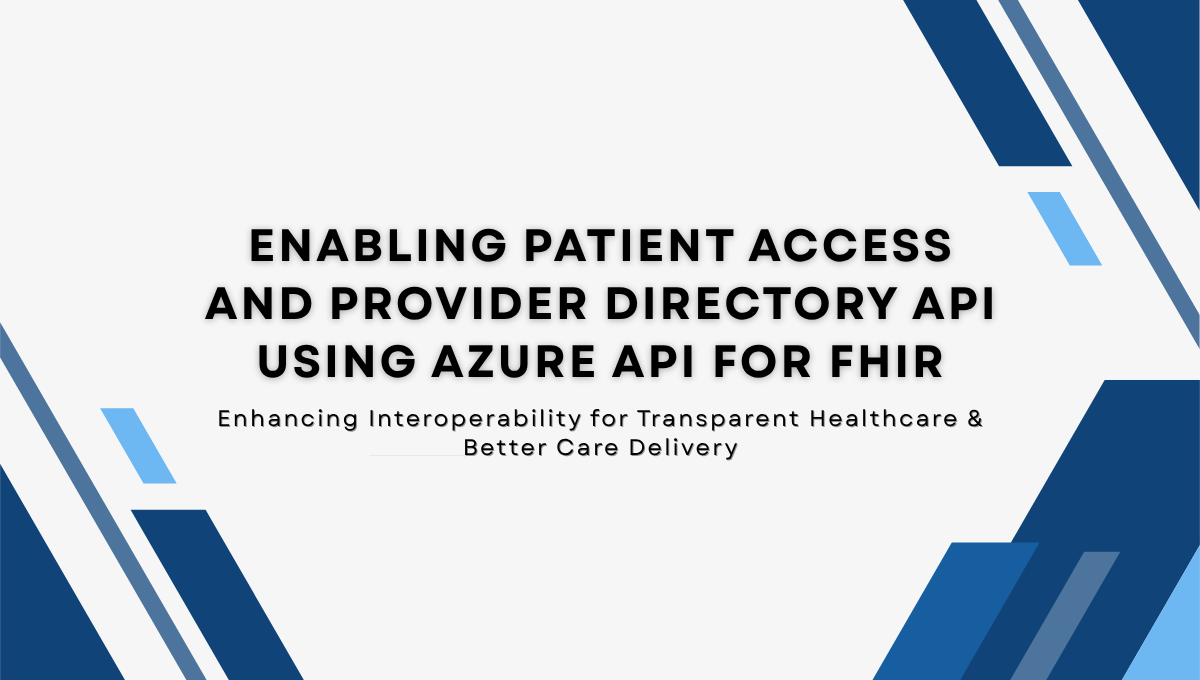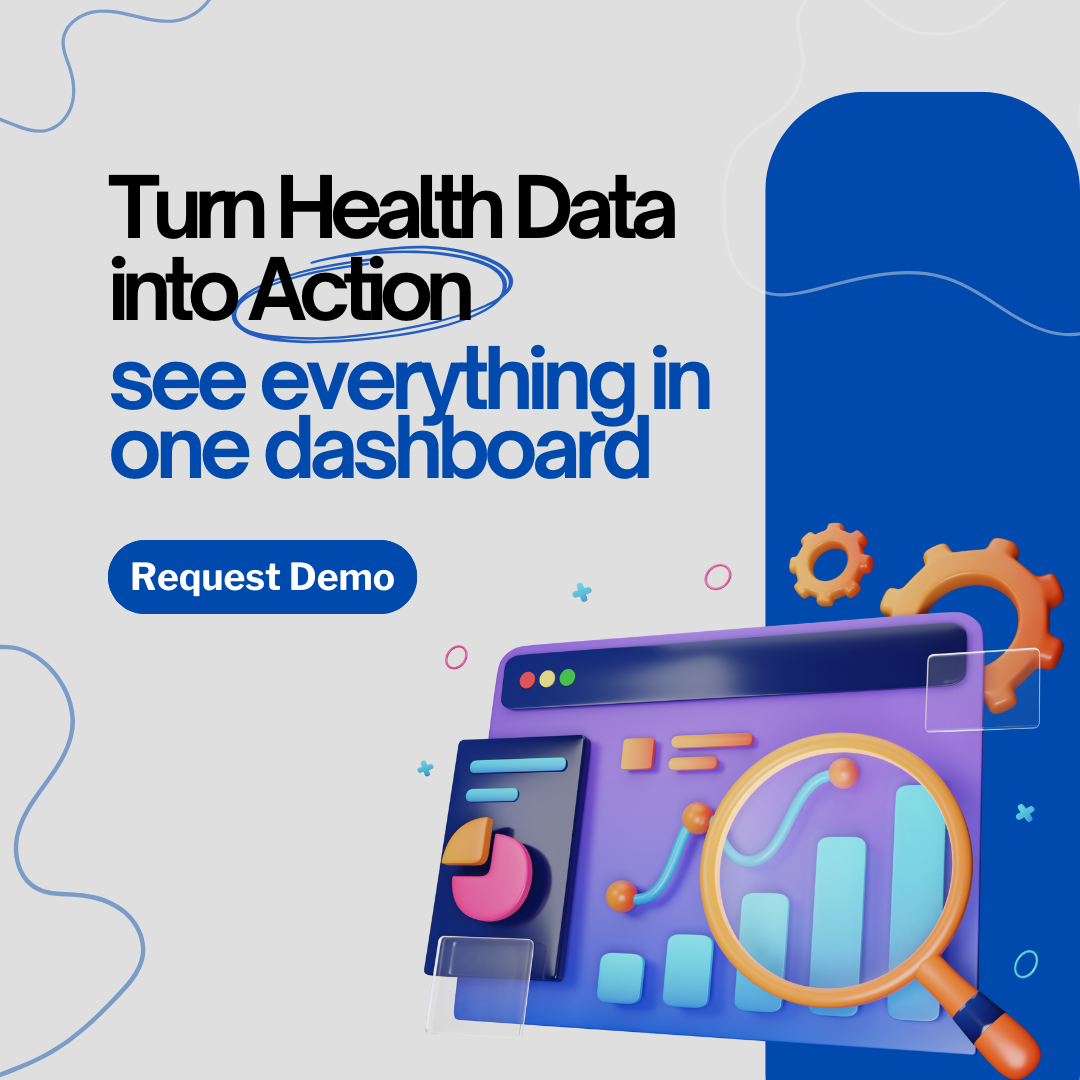The final rule of the ONC’s Cures Act Final Rule is aimed for patients and healthcare providers to provide secure, seamless access and exchange of patient’s electronic health information. The rule also implies exceptions to blocking of information when it comes to patients accessing their electronic health record information (EHI). Centers for Medicare & Medicaid Services (CMS) has been working hard on improving the roadmap to improve interoperability and health information access for all stakeholders – patients, providers, and payers.
One of the key rules released specific to interoperability is the Interoperability and Patient Access final rule (CMS-9115-F). This rule mandates the access and availability of the health information for patients whenever they need it. It also implies that patients must be able to use the information in the best way they can. The inability for seamless data exchange has deteriorated patient care, leading to poor health outcomes and increased medical costs.
The final rule that has been released includes key policies that impact different stakeholders. These policies focus on driving interoperability and delivering access to patient health data for health plans by liberating patient data using CMS authority to regulate Medicare Advantage (MA), Medicaid, CHIP, and Qualified Health Plan (QHP) issuers on the Federally-facilitated Exchanges (FFEs). The final rule ensures patients with better access to their health information, improves the interoperability and reduces burden on payers and providers.
Earlier this year, given the ongoing Covid-19 pandemic situation and recognizing the challenges faced by payers, CMS exercised enforcement discretion of the Patient Access and Provider Directory API policies for Medicare Advantage (MA), Medicaid, and the Children’s Health Insurance Program (CHIP) for a period of six months. The revised date of enforcement of these policies was set to July 1, 2021.
So, What’s Next post July 1, 2021?
It’s July 2021, and the Patient Access and Provider Directory API requirements from CMS are now effective. The rule requires the regulated payers to enable these new APIs with immediate effect. According to the Health Insurance Portability and Accountability Act of 1996 (HIPAA), patients have the right to access their health information. It also requires the information to be exchanged in a way that ensures their privacy and security. The new CMS mandate to deliver Patient Access and Provider Directory API is a major breakthrough in the healthcare industry. This promotes the much needed interoperability of the patient’s medical data between payers and providers.
Patient Access API
According to the Interoperability and Patient Access final rule, all CMS-regulated payers are required to implement and maintain a secure and standards based API (HL7 FHIR API). Through this Health Level 7® (HL7) Fast Healthcare Interoperability Resources (FHIR®) API, patients shall be able to access their claims and encounter information easily. Patients can also choose to receive a subset of their medical information through authorized third-party applications of their choice. This information along with clinical data offer a broader perspective and understanding of the patient’s interaction with the healthcare system. This improves the overall decision making and leads to better health outcomes.
As your trusted partner, VNB Health can help to implement these new CMS requirements and better organize data within your organization. To successfully meet the CMS Patient Access rule for Health plans, we can assist to set-up your fully managed, enterprise-grade FHIR Server on Azure. The offering will be a HIPAA-compliant, platform as a service (PaaS) that can help to convert the clinical data such as claims, encounters and subsets of clinical data into FHIR supported format (FHIR Release 4.0.1 (R4)) using FHIR converters, set up third-party access management (e.g., OAuth 2.0) to ensure safe transmission of the data with the patients.
Azure API for FHIR has new REST API features and capabilities, and offers complete flexibility to businesses on what they can search in the system. The search can be performed using the common search parameters as well as resource-specific parameters and composite search parameters. VNB Health can help in implementing end-to-end solutions using Azure API for FHIR including integrations with specific apps, portals and analytics platforms.
Provider Directory API
The rule finalizes that CMS-regulated payers are regulated to make provider directory information publicly available via a standards-based API. This gives third-party application developers the advantage to access patient information. With this information, they can create services that help patients to find providers for care and treatment. On the other hand, it will also help clinicians find other providers for care coordination purposes. Overall, this aims to improve the quality, accuracy, and timeliness of information.
VNB Health’s experienced team can assist to build information of the providers using the FHIR based API in accordance with the HL7 FHIR 4.0.1 standards. This helps to retrieve provider names, address, phone number, specialty information, pharmacy information from publicly available sources. The API will keep a timely check on these data sources and will keep the data up-to-date. On top the API, our experts will assist in setting up a robust provider directory application. This will enable users to filter providers based on location and/or specialty, search for providers based on their location and office hours, filter specialists and their affiliations with local health practices, and identify a local health practice and their specialties seamlessly onto your application
Payer-to-Payer Data Exchange
The rule requires CMS-regulated payers to exchange patient clinical data (specifically the U.S. Core Data for Interoperability, USCDI, a spec on top of FHIR) on request from the patient. Patients can have this information handy when switching between payers to build a cumulative health record with the current payer. This requirement will take effect from January 2022.
VNB Health can assist your business to enable data exchange between payers. Our experts can easily implement this capability on top of the existing patient access API infrastructure and FHIR APIs. When the patient makes a data request, the payer can make this data available via the FHIR-based API in the form of electronic data and/or the format in which it was originally received.
Get started with FHIR on Microsoft Azure for Health today!
VNB Health has more than 15 years of proven experience working with healthcare organizations using Microsoft’s integration platform. Our experience with HL7 FHIR and Microsoft Azure technology enables us to build the technology to meet the CMS guidelines. As a trusted Microsoft Partner, we’ll work alongside your healthcare transformation journey to deliver improved data accessibility and patient care. Looking for a trusted partner to get started with your interoperability journey? Contact us today to embark on the healthcare transformation journey.




